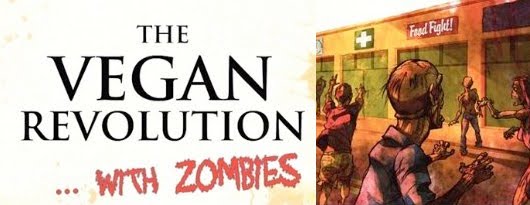The Reality Bubble: Blind Spots, Hidden Truths, and the Dangerous Illusions That Shape Our World by Ziya Tong
Hardcover, 366 pages
Published May 2019 by Allen Lane
This is not the book I was expecting. The author Ziya Tong is less familiar to people south of the border as she is a Canadian TV host and science communicator. I first heard of her book through Sean Carrol’s podcast Mindscape. I didn’t listen to the full interview as I decided I wanted to read the book first. The book I was expecting was basically the first couple chapters where Ziya Tong points the various blind spots humans have because most people don’t understand the basic science of biology and physics that surround us every moment of the day. This lesson is taught on the macro galactic scale and micro-biological scale.
“Our first blind spot is that reality is not human-sized. What we call reality is only a tiny sliver in the grand scheme of things.”
These early chapters look at the science that makes up our lives in ways that most people don’t think about. It is an important lesson and one I was here for. I like being reminded how small we are compared to the expanding cosmos or how few we are compared to the vast micro-universe. Carl Sagan pointed that we are made of star-stuff and this provides a perfect example of how Ziya Tong expands these concepts in the book.
“The iron that makes our blood red was made in the final moments before a star died. For all of us, then, our very lifeblood began with a spectacular death in a solar system.”
Had the whole book been this kind of neat science meets humanity stuff I would have been a very happy reader indeed. I was looking forward to that book. The Reality Bubble is only 1/3 that book, and don’t get me wrong the rest of the book is actually more important. The reality is most people don’t extend their awareness more than a few feet around themselves. Some people lack awareness of what happens in their neighborhoods let alone in the national news. Now ask people what happens to their trash? Where their water or food comes from and you’ll get blank stares all day.
The rest of the book is about just that. It is a wake-up call for people to consider how their blind spots are literally killing the planet. As a vegan for almost three decades who has been preaching climate action since Al Gore was too busy with the senate to make documentaries, I am not the target audience. The audience for this should ideally be the people who never think or take responsibility for their day-to-day actions.
I care enough about I research how my almonds were raised to make sure bees were not harmed or that my coconut milks were not harvested using monkey labor. I don’t pretend to be perfect but I try. My eyes were first opened to the injustice of animal agriculture by hardcore music and ultimately reading John Robbin's seminal book Diet for New America. I feel like this information is out there now – films like Earthlings and Forks over Knives help get the information out there but simply don’t want to know.
Those who value animal's lives as less don’t want to accept the idea but the dreaded comparisons to slavery and the holocaust are undeniable when you burst the reality bubble.
“Over seventy billion animals a year meet the grim reaper in industrialized settings, but what’s equally shocking is how invisible all this killing is. After the Second World War and the Holocaust, we may have thought the grotesque horrors of the gas chambers had ended, but for animals, the method was reintroduced in the 1980s and ‘90s…”
I can already guess that many negative reviews will focus on Tong’s call to action. It is one thing to point out capitalism is bad, but another to ask people to look in the mirror and change themselves. To shake up their own lives. It is impossible to really burst that reality bubble and not confront our relationship with animals and the natural world. While this book is not an Animal liberation book in the same way that a Peter Singer or Carol Adams book is, it is a book that promotes animal freedom.
“Property, whether it's an object, a cow, or a slave, does not have right of movement without the owner's consent. “It” cannot change its conditions even if it's unhappy, because it has no rights. The key point here is that rights are incompatible with ownership when it comes to living things. After all, if rivers and chimpanzees have rights, what's next? Will our bacon and eggs demand freedom? Our lumber and paper? Our leather shoes and our wool sweaters? All of this life, or extinguished life, is defined as our property to do with as we please. To begin to question that fundamental authority of our ownership of life would be to upend our whole system of thinking. That's because the core tenet of our entire economic system can be eviscerated by asking one simple question, which is: What does it even mean to “own” something anyway?”
Ownership is a false reality. Just like all these words, I am using or Ziya Tong are using are made things that we have just agreed to. It is one thing for Humans to agree on what is reality but another for us to force that on others.
This is a great and important book. Big Thumbs up.


No comments:
Post a Comment